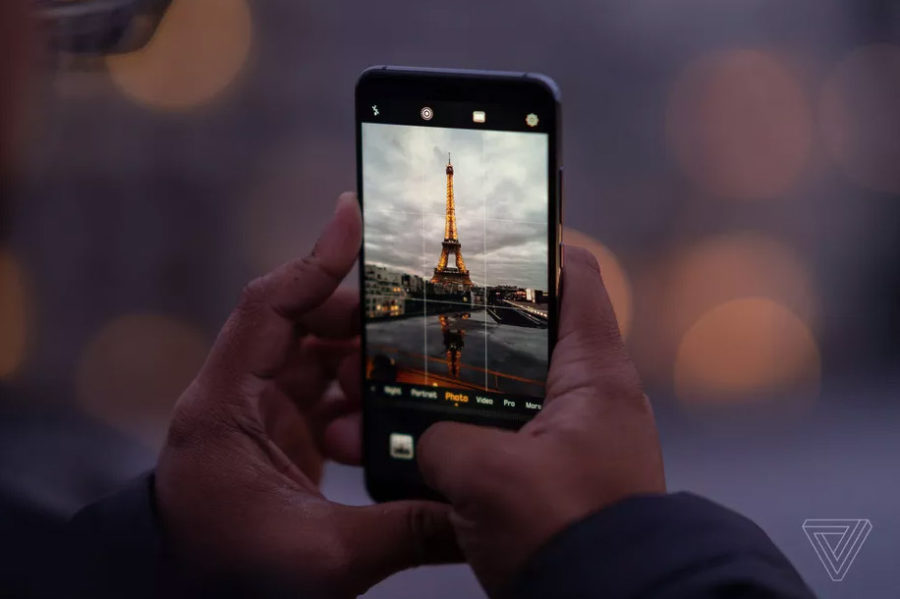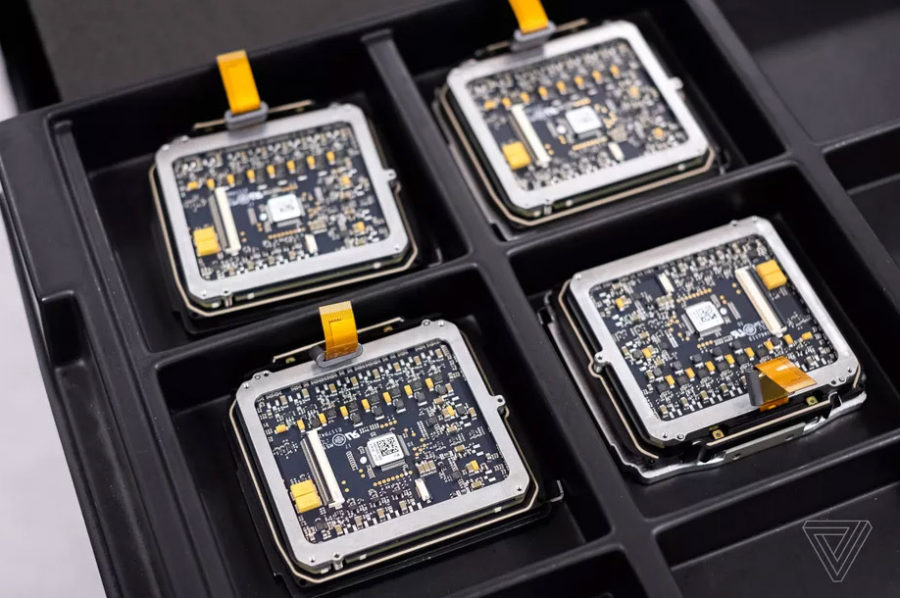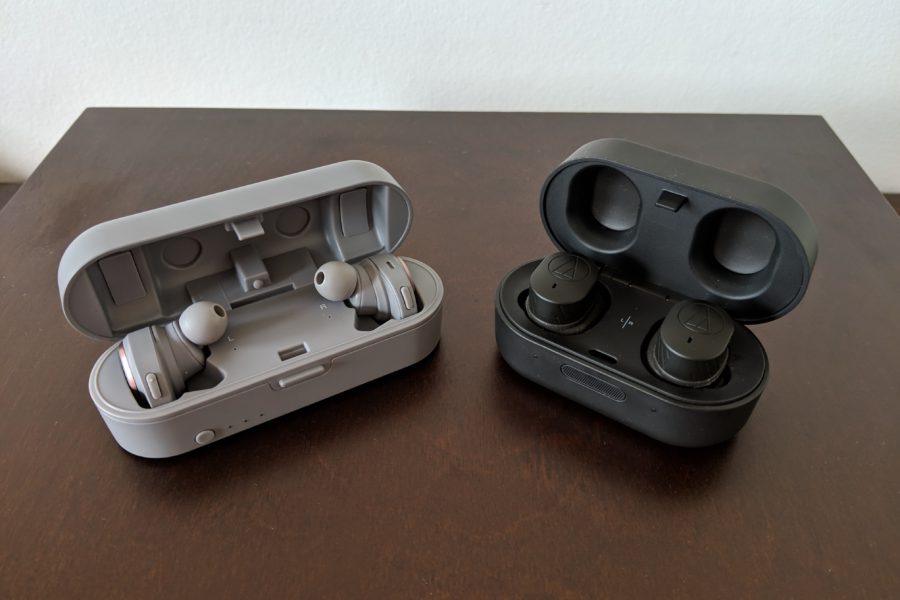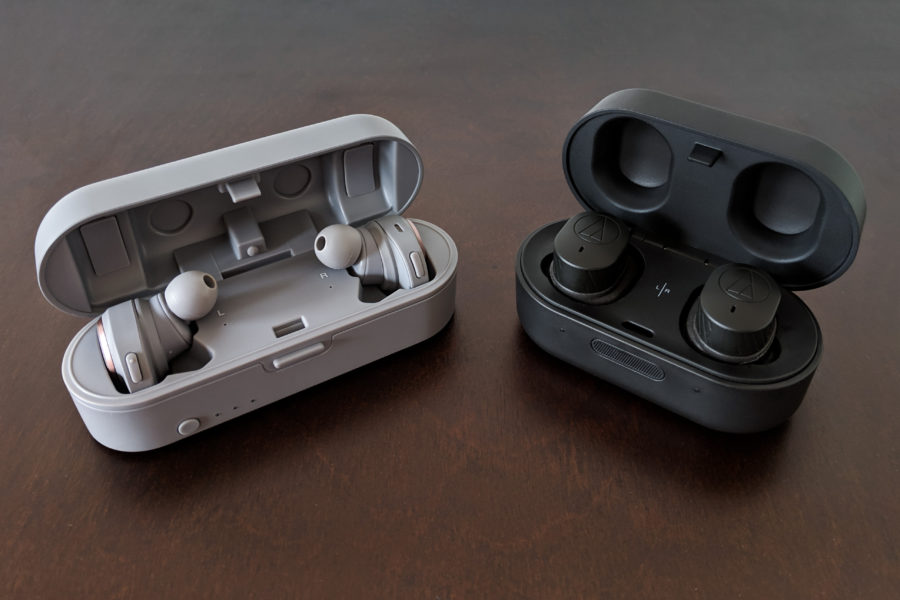Based on materials from theverge.com

For a long time in the field of photography, we clearly distinguished between the images taken with the camera and those with which some manipulations were subsequently carried out (adding filters, vignettes, changing the color scheme, removing or adding objects in the frame). And now the moment has come when our smartphones crossed this line.
Why do we need 'fake' pictures?
You’re probably already expecting grumbling about why smartphone fakeography has replaced 'real' photography. However, I propose to look a little from the other side at the problem of why people are more and more in need of such a process automation, and companies, accordingly, offer them more and more opportunities in this area. And let's start with one of the most basic statements: every digital photo you take goes through some processing – even a RAW shot.
The sensor in a digital camera collects rays of light and converts them into an electrical signal. Then it goes through a conversion from analog to digital, that is, electrical charges are converted into a series of zeros and ones. Finally, a processing application like Lightroom converts the binary into a visible image. In pro-twilight, all of these steps are automated, as is the compression to a JPEG file, to which noise reduction, color correction, lens distortion reduction, sharpening and contrast, and others are also applied. So even before you open your Instagram or VSCO profile, your smartphone has already performed a lot of manipulations on your picture.

Hasselblad camera sensors on the back are literally crammed with electronics to digitize the light beams.
Much of this behind-the-scenes manipulation is done to give the user a result that is as close to reality as possible, similar to the scene at which he aimed his camera. But in the same way that headphone manufacturers add a slightly more accentuated bass to our favorite track, camera developers add richer and more contrast to our images. And the result is ultimately more pleasing to the eye of the average user, although often the processing is designed to compensate for the physical deficiencies of the camera sensor.
The Pixel's camera processes each frame much more strongly. It is not even certain that she is capable of applying a single shutter speed, because the capabilities of the system allow the use of multiple exposures and complex mathematical algorithms to create what would otherwise be impossible. The process of 'shooting' is as virtual as the virtual button you press on a 'pixel' to take a picture: it is divided into many invisible steps, under the supervision of artificial intelligence. And the photographer more and more resembles an orchestra conductor: here is the plot and here is the desired mood – and now let's get down to business, a super smartphone.
Now, let's say it again: The very best mobile cameras capture the most realistic footage precisely because they apply unlimited image processing.
Beautification: an absolute evil?
For those who review gadgets, the real bane is the processing of photographs in order to remove fingerprints and dust particles from devices. It may be argued that a more realistic result will be obtained if you leave them – for example, the glass backs of Samsung and Sony smartphones literally attract them – but in reality this is not so. Photography is just a moment in life, and it instantly reinforces all imperfections in the frame, be it a speaker grill that has collected particles of fabric in a pocket, or a scratch on the display. What is filtered out by your gaze in the real world will be unbearably cut in the frame.


The processed image is lying to the viewer about what the background is and how clean the headphones are, but does that matter?
The faces of people face the same challenge. Skin pores, wrinkles and other imperfections, which you do not pay attention to when communicating with a person, in the photo and creep into your eyes. And the better the cameras get, the more each flaw comes into focus. A simple example is Hollywood star Tom Cruise. How many of you, given the chance to chat with him, would notice the asymmetry in his front teeth? And in the photo is another matter. The photo will reveal everything that you may be ashamed of – until it is processed.
The two biggest problems with beautification regimes are the lack of subtlety in approach and the universal standards they impose. They whiten and even out the skin, make the nose straighter and thinner, and surround the face with a soft glow – this is how smartphones from almost any manufacturer, you name it, do. What is important for photography as such, the embellished frame suffers from a lack of detail, and if automatic beautification is applied, rather than processing the original frame with a lot of detail, all that is left to the user is a lot of portraits in which quality and reliability are sacrificed to vanity.
So does every photo lie?
Probably, we should admit that beautification modes both for people and, in the case Huawei, for the whole frame, including the background, is an inevitable part of our digital life – and if there are certain restrictions and understanding, their use can be quite constructive. The world won't collapse if you add colors here and there or apply false bokeh to blur objects in the background in a portrait frame. As with any new technology, the pendulum will swing between mindless infatuation and skeptical denial until a balance is struck.
Fakeography has ceased to be the domain of programs such as Photoshop or Lightroom, and the idea of raw and unadorned photography, at least digitally, has gone from a possible goal to an unattainable ideal. Obviously, we should not make photography lie, but in fact, literally every day, we are making a little lie to ourselves and the world around us. And as long as we do it subtly enough – there is no problem in this.
